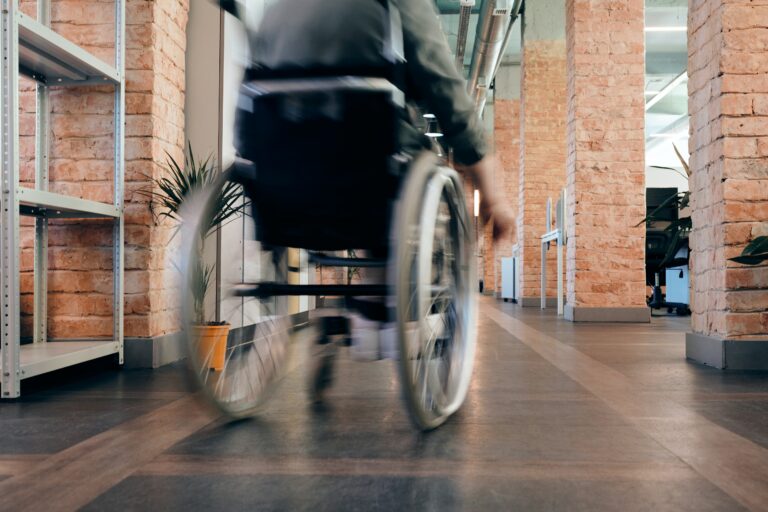
Special Needs Planning for Beneficiaries with Disabilities
Families who aren’t knowledgeable about special needs planning often disinherit a disabled child because they don’t know the other options for protecting their offspring, reports a recent article, “Beneficiaries with disabilities require special planning” from The News-Enterprise. With proper planning, disabled beneficiaries can receive an inheritance and remain eligible for government benefits.
For estate planning, disabled beneficiaries are people who are disabled and receive public benefits, should be receiving public benefits, or are likely to need public benefits in the future. These public benefits are means-tested and determined by financial eligibility. They typically include Social Security Insurance and Medicaid. However, they may also include Section 8 housing, food stamps and other income or asset-based assistance.
Some people think they can replace public benefits with an inheritance. However, realistically, the disabled person will likely use up their inheritance and then be left only with public benefits and no resources to cover any other needs.
The best practice is to create a third-party supplemental needs trust for the beneficiary to receive an inheritance. This differs from a first-party supplemental needs trust and an ABLE account, since both have requirements based on the beneficiary’s age. The third-party supplemental needs trust can be funded regardless of the beneficiary’s age.
Third-party supplemental needs trusts don’t have a payback provision to the state. This is because a third party has funded the trust and not the beneficiary. Therefore, the assets within the trust aren’t required to be repaid to the state upon the death of the beneficiary. This leads to another benefit—the third-party supplemental needs trust may be left to a contingent beneficiary upon the death of the primary beneficiary.
Some families may leave the bulk of their estate to their disabled child, while the other children will be contingent beneficiaries.
A third-party supplemental needs trust is relatively flexible to set up and administer for future trustees. Your estate planning attorney can create one to include basic protective provisions giving the trustee maximum flexibility or set it up with instructions for an advisory committee, care planning and housing requirements.
Not all disabled individuals receive income or asset-based public benefits. In this case, the inheritance can be managed in one of two ways. First, planning documents could require the beneficiary’s inheritance to be left in a third-party supplemental needs trust, either because the planning anticipates a future need for benefits or because the beneficiary cannot manage their assets.
Another option is to leave the inheritance to the beneficiary outright, with a “trigger trust” provision. This means the third-party supplemental needs trust is set up within the planning document—a will or a trust—and will be “triggered” if the beneficiary is eligible for financial-based public benefits at the time of distribution.
The benefit of a trigger trust is that any beneficiary, including those who are healthy and capable of managing their lives when the documents are executed, can have the protection of a third-party supplemental needs trust, if and when needed.
The downside of a trigger trust is that once assets are distributed to the beneficiary outright, the option for a third-party trust is no longer available.
An experienced estate planning attorney will help the family with a disabled member plan for the future.
Reference: The News-Enterprise (July 8, 2023) “Beneficiaries with disabilities require special planning”









